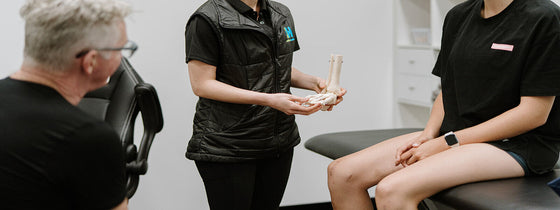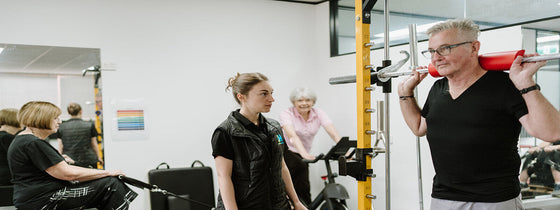Starting en pointe is an exciting milestone for any dancer. However, it is important to recognise that dancing en pointe places a significant load on the body, meaning the dancer needs to have the capacity to tolerate these high demands.
At OHL we understand the importance of a pre-pointe assessment to improve both your pointe work, and your overall dance skills.
A personalised approach is key, prior to going en pointe every dancer requires a pre-pointe assessment taking into consideration the individual dancer’s strength, endurance, control, alignment, and overall readiness to ensure a safe and effective transition to pointe work, and one that allows the dancer to flourish en pointe.
The key elements of a pre-pointe assessment at OHL include:
Regardless of where you are in your dance journey, investing in appropriate biomechanics and technique will set you up for longevity in dance.
Reasons why a pre-pointe assessment can improve your overall dance skills;
Our physiotherapists Lauren & Elise are here to guide you every step of the way—helping you build strength, refine your technique, and dance with confidence. Book your pre-pointe assessment today and take your dancing to the next level by calling 9431 5955 or you can book online via the Client Portal

OHL is integrating a new athletic screening assessment into its practice to further enhance our community's sporting ability. This screening assessment combines range of motion, strength profiling, force deck analysis, and subjective training status to give athletes a comprehensive performance snapshot. By establishing a baseline and identifying key areas for improvement, we can tailor your training to enhance performance, provide insight on key metrics, and stay resilient throughout the season. Whether you're preparing for preseason, managing midseason demands, or simply aiming to train smarter, this assessment delivers the data-driven insights you need.

If you're experiencing back or neck pain with neurological signs and symptoms, a thorough neurological examination is crucial for accurate assessment and effective treatment. In this Optimal Tip learn more about what we mean by completing a neurological exam!

Squats, deadlifts, and calf raises are key movement patterns that should be part of every strength and conditioning program—regardless of age and activity level. These functional movements support joint health, improve posture and balance, and reduce the risk of injury while building strength where it matters most.